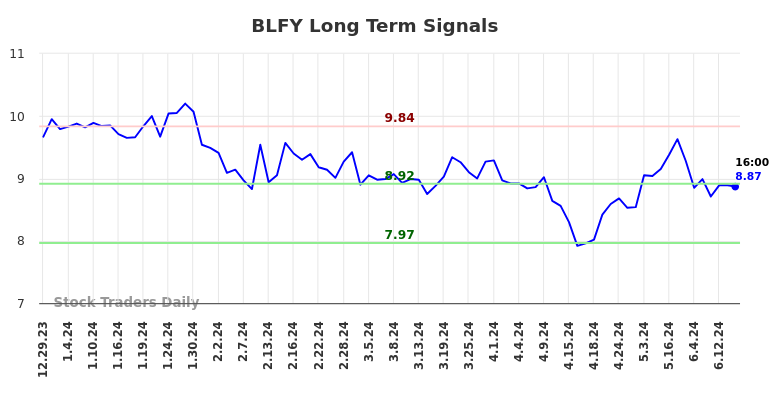Modernize manufacturing IT to maximize business value in the Microsoft Cloud

Global disruption is forcing major manufacturers to modernize their outdated, inflexible IT infrastructure. But to do so successfully, IT leaders must demonstrate that these efforts are not just a technology “refresh” but a strategic move to unlock business value and sustain long-term growth.
IT leaders can use “business value” as the primary criteria for modernizing their infrastructure. Working with an experienced systems integrator can speed up this entire process.
Manufacturing leaders have specific priorities:
- Increase in sales/value
- Improving cost efficiency
- Minimizing business risks and their impact
For each priority, IT leaders must demonstrate how IT modernization projects will deliver tangible and intangible business benefits to the organization. These benefits manifest themselves in several forms:
- Operating performance: Optimize production processes, minimize downtime and improve resource utilization. Results: Cost savings, improved productivity.
- Innovation and agility: Enable rapid prototyping, data-driven decision making, and integration with new technologies like IoT and AI. Results: Promote innovation, adapt quickly to market changes.
- Customer experience: Optimize interactions through personalized services, seamless multi-channel experiences and efficient supply chain management. Results: Increase customer satisfaction and loyalty.
- Risk management: Strengthen your cybersecurity measures, ensure regulatory compliance, and implement robust disaster recovery capabilities. Results: Reduce risks, protect the company’s reputation.
By aligning their modernization initiatives with higher-level business goals, IT leaders can deliver demonstrable business value. The key steps to achieving this alignment are:
- Joint strategy development: Work with business leaders to understand their priorities, challenges, and growth goals. Collaborate to create an IT modernization plan that links IT projects to business goals. Use this plan to focus and motivate IT/business teams.
- Prioritization based on impact: Evaluate IT modernization projects based on their potential to deliver measurable business impact. Establish explicit, concrete metrics, assign senior management responsibility for prioritization, and establish formal tracking mechanisms.
- Continuous evaluation and adaptation: Regularly evaluate the effectiveness of modernization efforts using key performance indicators (KPIs) such as ROI, time to market, and customer satisfaction. Adjust efforts as needed.
IT leaders should also use technology trends for business value. Business value is becoming a practical criterion for evaluating and adopting cutting-edge technologies. Here are some trends to consider:
- Cloud introduction: Use cloud services for scalability, flexibility and cost efficiency. Benefits include faster application deployment, instant access to all relevant data and improved collaboration.
- Data analysis and AI: Harness the power of advanced data analytics, machine learning, and AI-powered insights to optimize operations, predict market trends, and personalize customer experiences.
- IoT integration: Integrate IoT devices and sensors into manufacturing processes to collect real-time data, monitor equipment performance, and improve operational efficiency.
A systems integrator can play a critical role in helping manufacturing IT leaders achieve business value through IT modernization. Tata Consultancy Services (TCS) has deep expertise in integrating disparate systems, optimizing workflows, and ensuring seamless data sharing across the manufacturing organization. The company is partnering with Microsoft to build a scalable cloud infrastructure using Microsoft Azure and a range of cloud-based data services. These capabilities accelerate manufacturing modernization, reduce implementation risks, and maximize the ROI of IT investments.
The conclusion
IT infrastructure modernization is about strategically leveraging new technologies to maximize business value. By connecting these dots, manufacturing IT leaders can drive innovation, improve efficiency, and gain a long-term competitive advantage.
For more information, see Next-generation manufacturing companies: powered by GenAI



